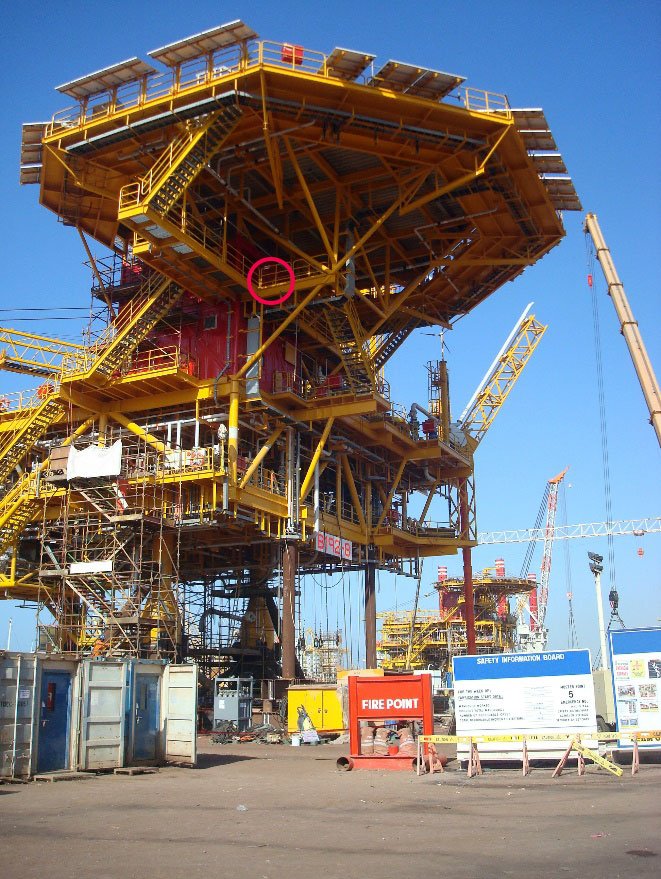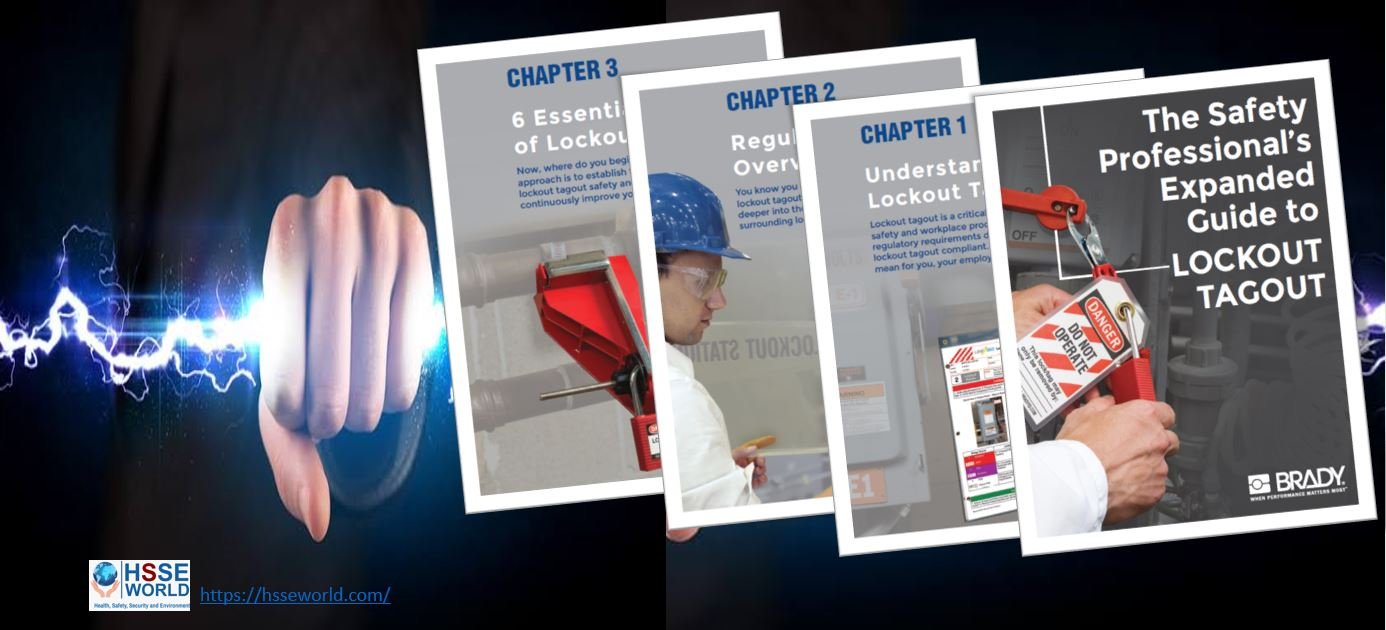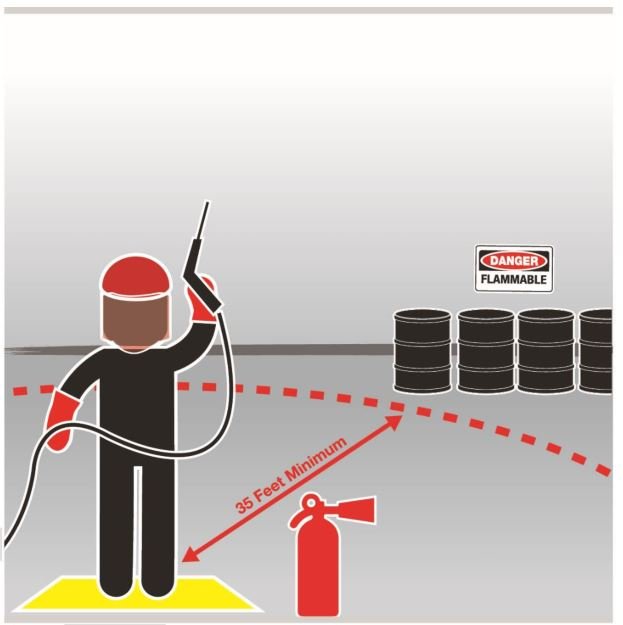These flashes summarize the key matters and incidents, allowing wider dissemination of lessons learnt form them. The information below has been provided in a good faith by members and should be reviewed individually by recipients, who will determine it’s relevance to their own operations.
Case report: #IMCA SF 04/13
Issued by: INTERNATIONAL MARINE CONTRACTORS ASSOCIATION
Date of incident: Feb. 15, 2013
A member has reported an incident in which a worker fell 16m and sustained multiple fractures. The incident occurred when the worker was part of a team dismantling a hanging scaffold on part of a topsides under construction in the yard. The sequence of work meant that scaffolders dismantling the structure ended up supported on the bottom of the droppers (scaffold tubes attached to deck structure to support hanging scaffold). The worker was climbing the dropper to tie off his safety harness to the deck structure when the dropper slipped through the couplers and fell 16m with him attached. He sustained multiple fractures and was taken to hospital.

Site of incident – circle indicates where dropper was attached, 16m above ground

Details of scaffolding – 1) safety or check coupler; 2) support coupler
With regard to scaffolding, the following points were made:
- The dropper support coupler is attached to a horizontal tube;
- A second coupler is attached above the support coupler to act as a safety or check coupler;
- The purpose of the safety coupler is to support the dropper should the support coupler become loose;
- In this incident both coupler connections on the dropper became loose allowing the dropper to slide through both couplers and fall.
An investigation revealed the following causal factors:
- Primary support and safety couplers became loose and failed to support the dropper and the injured person;
- Fall arrest lanyard was connected to the dropper as no consideration had been given to fall arrest being independently tied off from the scaffold, e.g. inertia reel attached to the deck structure;
- No checks were made of the tightness of safety critical couplers after deck stacking and subsequently over a prolonged period (12-14 weeks);
- Partially dismantled scaffold indicated lax control of earlier activities;
- Supervisory personnel in attendance did not correct unsafe working at height practices and require an independent tie off;
- The task was not planned or risk assessed adequately.
To prevent future occurrences:
- The following recommendations and corrective actions were made:
- When dismantling hanging scaffold always connect the fall arrest to a structure independent of the scaffold being dismantled;
- Where no independent structure is in reach of personal fall arrest lanyards, or a greater degree of movement is required, use an inertia reel;
- Always check tightness of dropper support and safety couplers:
- after stacking or moving of decks and structures when scaffold is pre-installed
- after any alterations are made
- after high wind
- after it has been erected more than 30 days
- before dismantling of scaffold.



